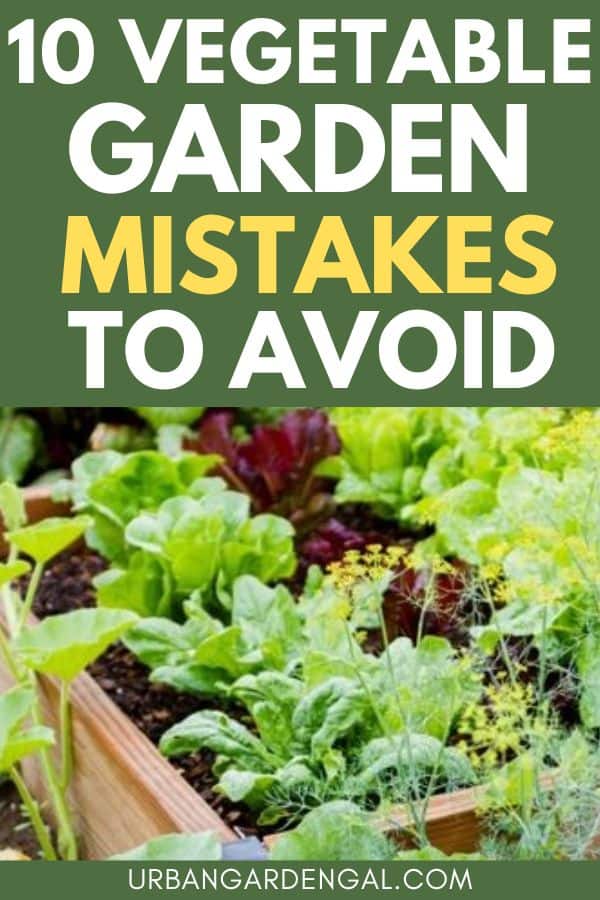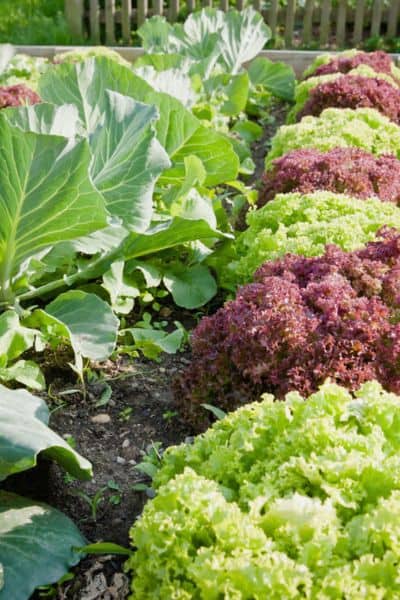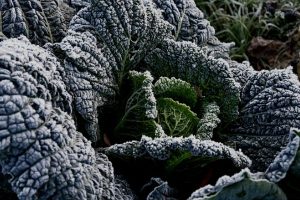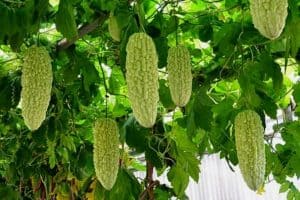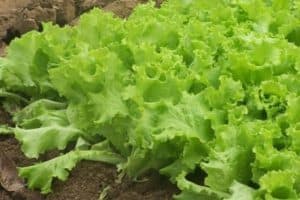There are many things to consider when you’re starting a new vegetable garden and there are a few things that can go wrong.
Through trial and error, I’ve learnt that paying attention to the specific needs of each vegetable type, carefully monitoring water levels, and being proactive about pest control go a long way in creating a thriving garden.
Here are 10 mistakes to avoid when planning and planting your vegetable garden.
This post contains affiliate links. Please read the disclosure for more info.
10 VEGETABLE GARDEN MISTAKES TO AVOID
Planning and Planting
1. Situating Your Garden in the Wrong Spot
Finding the perfect location for your vegetable garden can mean the difference between thriving plants and disappointing yields.
Vegetables like tomatoes, peppers, and cucumbers need at least six hours of sunlight, so it’s essential to pick a spot that gets plenty of sun.
Before you start planting, observe your potential garden area throughout the day to confirm it meets the sunlight needs of your plants.
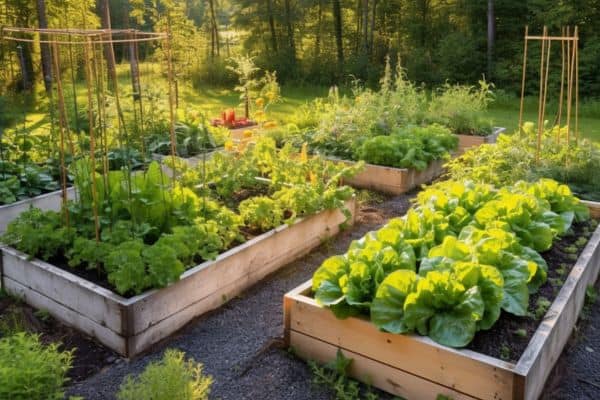
2. Not Improving the Soil
Soil quality is the foundation of a healthy garden. Conducting a soil test before you start planting will give you an insight into what amendments your soil needs.
If the test shows a lack of nutrients, you can incorporate compost or rotted manure to improve soil health.
- Soil Must-Haves:
- Balanced pH
- Rich in Organic Matter
- Adequate Nitrogen Levels
- Good Drainage
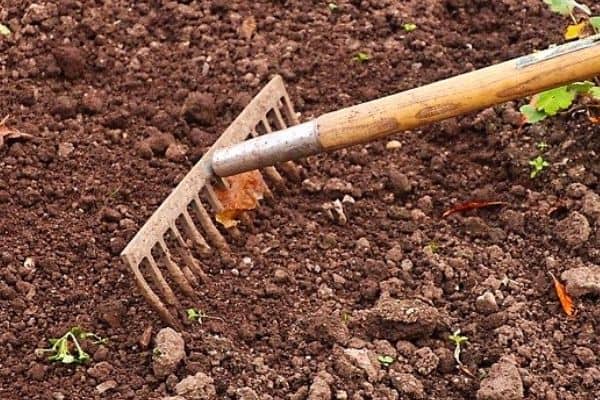
3. Planting too Early in the Season
Planting too early can expose seedlings to unexpected frosts, especially for warm-season crops like melons and eggplant.
It’s a good idea to check your local climate guide to find the best time to plant, and also be sure to keep in mind the specific needs of cool- and warm-season crops.
- Warm-Season Crops: Tomato, Melons, Eggplant
- Cool-Season Crops: Kale, Broccoli, Spinach, Cauliflower
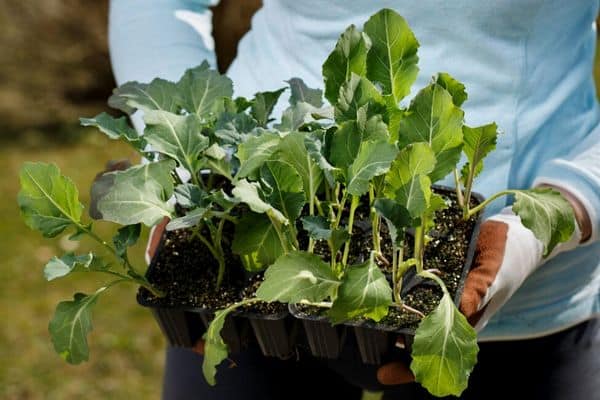
4. Overcrowding Plants
Proper spacing between plants is vital for plant health and yield. Overcrowding can lead to limited airflow and sunlight, which increases the risk of disease and pests.
Follow the spacing recommendations on the seed packets to ensure your vegetable plants have enough room to flourish.
It’s also a good idea to avoid planting the same vegetables in the same spots year after year to prevent soil nutrient depletion and build-up of pests.
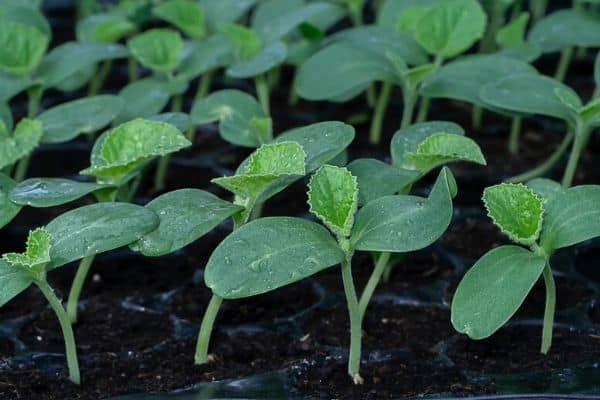
Maintenance and Care
5. Not Adding Mulch
Mulching serves multiple purposes in the garden: it helps maintain soil moisture, regulates soil temperature, and keeps weeds in check.
Not applying mulch can lead to dry, exposed soil in garden beds and raised beds, which can hinder vegetable growth.
Organic mulch, such as straw or wood chips, is beneficial because it breaks down to improve the soil structure.
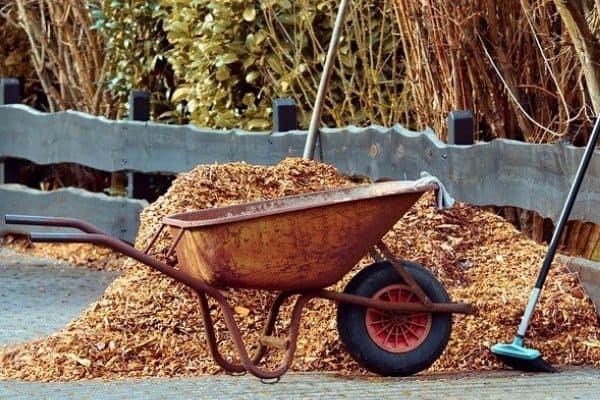
6. Incorrect Watering Technique
Overwatering can lead to root rot and fungal diseases like blight and mildew, while underwatering stresses plants.
I like to use a soaker hose to deliver moisture directly to the roots, or I water early in the morning to reduce evaporation.
Gardening in containers requires more frequent watering as they dry out faster than garden beds.
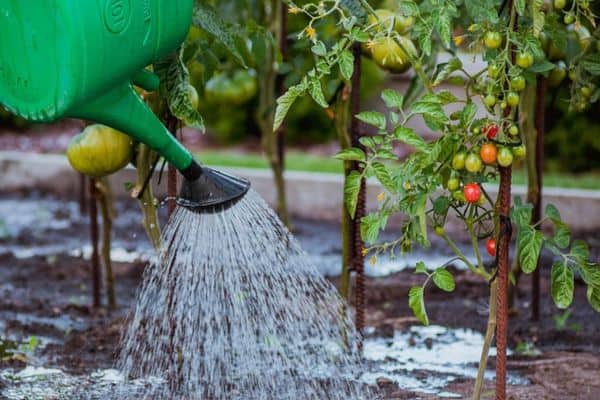
7. Not Controlling Pests
Ignoring pests is a decision I’ve regretted in past seasons. Insects and small critters can devastate your vegetable plants if left unchecked.
Organic gardening enthusiasts like myself tend to favor natural predators and companion planting to manage pests.
Whenever I spot an issue, I try less invasive solutions first, like spraying neem oil or insecticidal soap on the leaves, before resorting to pesticides.
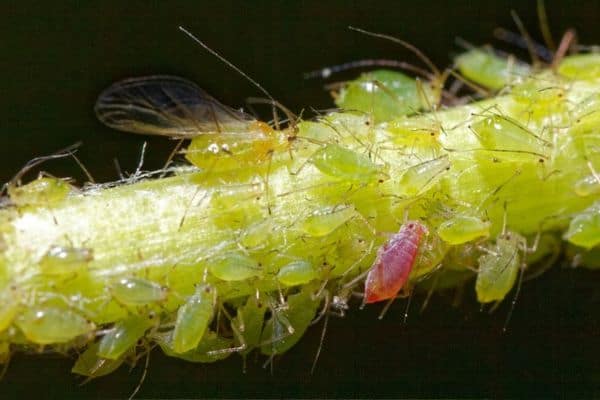
8. Letting Weeds Take Over
Weeds are the bane of my gardening existence.
They compete with veggies for water, nutrients, and light, so I’ve learned that regular weeding is essential to sustain a healthy vegetable garden.
Sometimes, I use organic mulch or landscape fabric to suppress weed growth around the plants.
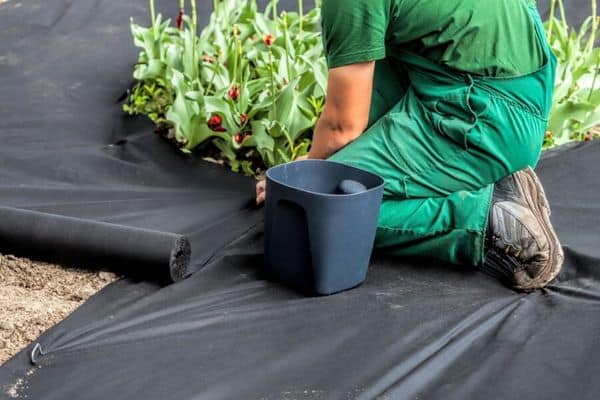
9. Not Pruning Regularly
Pruning isn’t just for aesthetics; it’s a vital maintenance step.
Removing dead or diseased foliage promotes better air circulation and reduces the risk of fungal infections.
Pruning also helps to direct the plant’s energy towards producing more edible parts, which boosts the overall yield.
For plants like tomatoes and cucumbers, I use a trellis to provide support and encourage vertical growth, which makes pruning easier.
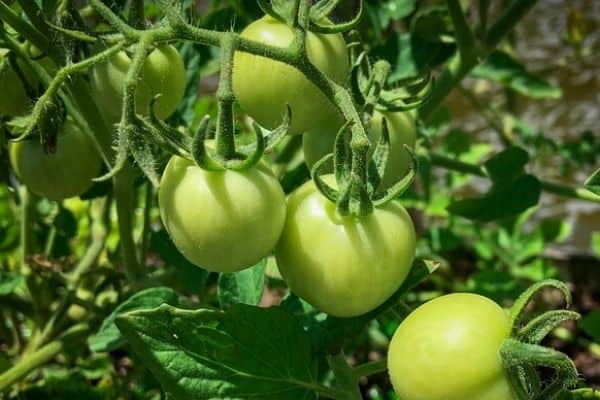
10. Not Harvesting Regularly
Lastly, I’ve observed that frequent harvesting encourages further production in my vegetable garden.
If I neglect harvesting, some plants may stop producing fruits and instead focus on maturing the existing fruits to seeds.
Plus, regular harvesting allows me to enjoy the freshest produce and catch any potential issues early, such as the onset of pests or disease.
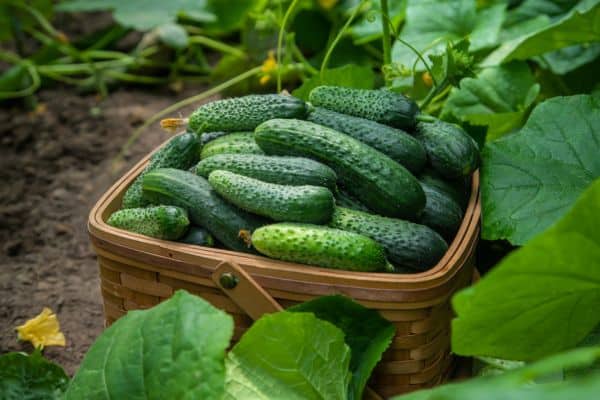
RELATED ARTICLES
So there is my list of vegetable garden mistakes to avoid.
Embracing a mindset of continuous improvement and staying attuned to the needs of your plants will lead to a more rewarding and fulfilling gardening experience.
Are you on Pinterest? Check out my Vegetable Gardening board for more ideas. You can also find me on Facebook.
